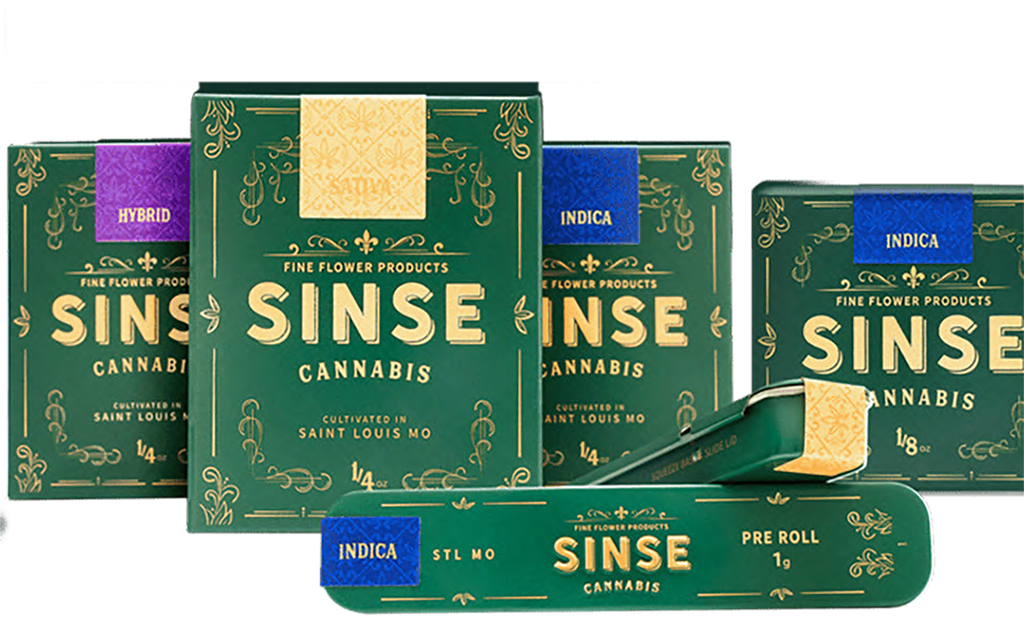It’s been said that the fascinating thing about the cannabis business is that companies aren’t just building a brand — they’re building a category, and simultaneously building brands within that category. That makes it fundamentally a different ask than pretty much anything else any of us are doing.
But wait, there’s more. You’ve also got consumer (recreational) brands developing at the same time as medical brands. You’ve got national brands and local brands. You’ve got states that are hotbeds of activity and others that aren’t. How do you manage a portfolio amid all of this? How do you articulate differences from the competition? How do you educate? How do you handle your brand at the point of sale while those retailers (er, dispensaries) are trying to establish their brands at the same time?
It’s a Wild West of advertising and I’m hard-pressed to think of anything more fun. Here are a few brands that are navigating this fascinating space.

Curaleaf
Let’s start with the 800-pound gorilla: Curaleaf, which views itself as a consumer packaged goods company and has the largest footprint of any cannabis company in the U.S. It went public on the Canadian stock exchange in 2018, raising a cool $400 million, and these funds have helped fuel a distinctive brand strategy (namely, acquiring other cannabis companies). And we’re not talking about fixer-uppers; we’re talking about brands that already have a solid consumer base in cannabis-legal markets that can be rolled out as more states join the party. Not surprisingly, then, there’s not much consistency across the portfolio: Select is utterly unrelated to Grassroots, which looks nothing like Hemp. But why would there be? Don’t fix what ain’t broke. Now, might this need to change if the Curaleaf brand nameplate becomes as popular as Nike or Coke? But gee, what a nice problem to have.

BeLeaf
BeLeaf isn’t acquiring brands the way Curaleaf is, but it is employing a similar strategy. Playing on both the consumer and medical sides of the table as well as on both the product and purveyor sides, this company is attempting to appeal to many different kinds of consumers at different points in their customer or patient journeys. To meet those needs, BeLeaf has developed a wide variety of brands (BeLeaf, Sinse, Swade). And while there is something of a house style (call it “classic typography with a hint of THC”), it is by no means a straitjacket. Each product has room to develop its own distinctive voice and speak creatively in ways that resonate with different consumers. Not only does this approach give the brand a fighting chance to cut through the clutter and become a product of choice, but it also gives brands room to breathe as those consumers evolve.

Houseplant
Houseplant goes to the other extreme. With a strong and clear overarching brand style — vibrant color fields and uniform packaging across all the products — the individual products are clearly intended to be a secondary draw. Think of it this way: If BeLeaf is taking more of a General Motors approach, where each brand lives or dies on its own (a “team of rivals,” as it were), Houseplant tacks more to the Mercedes-Benz method: The trust resides in the Benz nameplate, and that filters down (or has a halo effect) to the individual variants available. Or put another way: You always know a Houseplant product; you just may not know which Houseplant product you’re seeing.

Monogram
And then there’s Monogram. I suppose that when you’re someone who has consistently lived by his own rules, it should come as no surprise that your cannabis brand is built the same way. Developed by Mischief USA, this is a campaign — and brand — that focuses less on distinguishing itself from other players than on taking ownership of the entire category. That includes all the cultural baggage that category carries. (Fun fact: the “models” featured in the advertising are all folks who have been charged for cannabis-related offenses.) Admittedly, this isn’t an approach for everyone — but then again, great marketing isn’t about tactics. It’s about making what makes you unique important to the consumer. And if that means eliciting responses like, “Did you see what Jay-Z’s cannabis brand did?,” then so be it.
From the March 01, 2023 Issue of MM+M - Medical Marketing and Media







